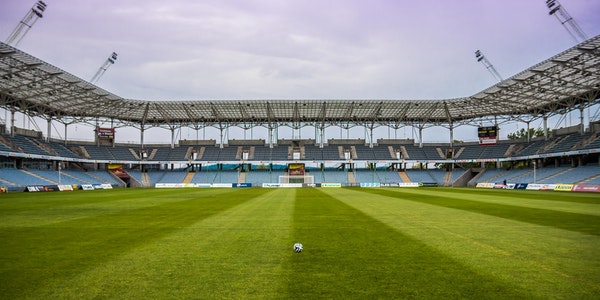1. Outdoor Lighting Control, Dimming and Energy Saving
Outdoor lighting is closely related to people’s activities and quality of life at night. Good outdoor lighting control and dimming can create a beautiful and safe night lighting environment, enrich urban and rural nighttime cultural life, reduce traffic accidents, save electricity, and prevent emergencies, with very significant economic and social benefits.
Countries around the world have promoted the control of road lighting in the middle of the night, the control of night scene lighting on weekdays, general festivals, major festivals, sports lighting training, competition and sports control, all of which have achieved good energy-saving effects.
At present, outdoor lighting is developing in the direction of dimming, centralized, wireless, remote, digital and intelligent. That is, on the premise of basically not affecting the demand and lighting quality of the lighting place, the outdoor lighting can be monitored and managed more scientifically and reasonably. This article takes road and field lighting as examples, and focuses on the control and dimming of several outdoor lighting.
2. Outdoor Lighting Control
control target
(1) Control 10kV high voltage lighting power supply,
(2) Control low-voltage lighting power supply,
(3) Control the light bulb lighting power supply.
3. Outdoor Lighting Dimming
(1) All lights are on and off,
(2) Mid-night lights (some lights are on and off), etc.,
(3) Regulated dimming,
(4) Step-down dimming.
①Reactor dimming,
②Autotransformer dimming,
③ SCR chopper dimming,
④ Ballast variable power dimming,
(5) Current-limiting dimming,
4. Parallel Control
Set the street lamp controller KZQ and contactor J1 in the box change at the beginning, and connect the contactors J2 and J3 in parallel at the downstream box change. . . . . . . By controlling the head-end box-transformer street light controller KZQ, the low-voltage lighting lines of the downstream box-transformers can be controlled.
Features of parallel control:
(1) Longer low-voltage lighting lines can be controlled, and its length is limited by the voltage loss of the control line. The lighting control is not affected by the downstream box-changing power supply,
(2) The load of the control circuit is small, the work is more reliable,
(3) The lighting system has good opening and closing consistency,
(4) The control circuit can be in the form of a ring circuit to increase reliability,
(5) To increase investment in control lines,
(6) It is not possible to monitor the power supply of each segment of the lighting line.
5. Tandem Control
Set the street light controller KZQ in the box-transformer at the beginning, and introduce a phase line and neutral line of the upper-level lighting circuit into the downstream box-transformer, as the contactor Jn gate line for controlling the downstream circuit, forming a series control of the low-voltage lighting circuit.
Features of tandem control:
(1) It can control a very long low-voltage lighting line, and its length is not limited by the voltage loss of the control line,
(2) Save a pair of dedicated control lines, save investment,
(3) When a box transformer fails and the power goes out, the downstream lighting line has no control power supply, and the downstream lighting line is turned off.
(4) It is inconvenient to control the power supply of the radial line, and the power supply range is small.
(5) It can monitor the end of the lighting system.
6. Midnight Light Control
6.1 Control principle of midnight light
Using light control, timing and other methods to turn off some street lights (or other lights) in the second half of the night can generally save more than 20% of electricity.
The contact j1 of the photoelectric controller makes the power supply line send electricity at night (18:00~6:00 the next day), and power off during the day (6:00~18:00). The timing controller contact J2 is released in the second half of the night (0:00~5:00), and the lighting circuit lights up at intervals. The J2 contact closes in the early morning (5:00), and the street lights are all lit (5:00~6:00).
6.2 Principles of light arrangement in the middle of the night
(1) The on and off times of the lights in the middle of the night should be in accordance with the specific conditions of each place, and minimize the impact on local traffic and people’s lives.
(2) Priority should be given to maintaining the original illumination and uniformity of the fast lane or roadway, and if necessary, the illumination and uniformity of the slow lane or sidewalk should be sacrificed.
(3) Reasonable design of midnight lights to maintain illumination uniformity as much as possible.
6.3 Common Modes of Midnight Lights
(1) Lighting off: used for roads with lights on one side,
(2) Staggered light-off: for roads with symmetrical lighting,
(3) Turn off lights on half side lanes: for roads with symmetrical lighting or staggered lighting,
(4) Sidewalk lights out: used for roads with narrow sidewalks,
(5) Double light source slow lane light off: used for roads with wide roadways, symmetrical lighting, dual light sources or dual lamp heads.
6.4 Midnight light foreground
Mid-night lights reduce the illumination of some roads, or the uniformity of illumination of some roads, and the lighting comfort is weakened. To implement midnight lights, it is necessary to increase the power supply circuit and investment. International experiments have shown that: after the implementation of midnight lights, production and office efficiency will be reduced, public security will deteriorate, and the rate of road traffic accidents will increase. Mid-night lights have been eliminated in some countries.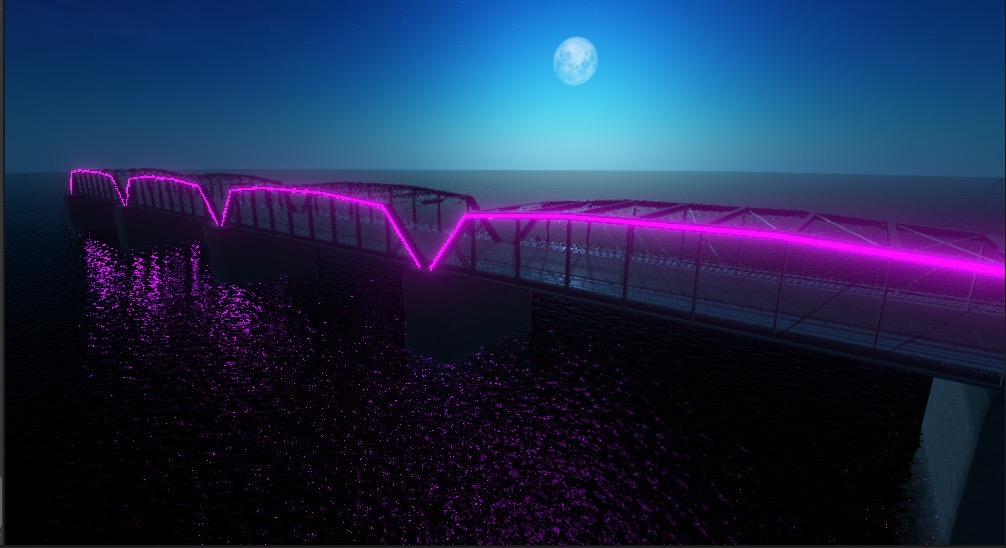
7. Regulated Dimming
The adverse effects of voltage fluctuations (especially boosting in the second half of the night) on outdoor lighting: the illuminated site increases unneeded illuminance and wastes electric energy. The light source current increases and the life span is shortened. Various dimming systems are carried out on the basis of voltage regulation, which is also an energy-saving method.
8. Step-down Dimming
8.1 Feasibility of Buck Dimming
When the voltage drops, the power of the bulb decreases, and the luminous flux also decreases. Experiments have shown that visual decline is not proportional to power reduction. When the HID lamp voltage drops by 10%, the human eye can hardly feel the change of illuminance, but at this time, the power saving rate of about 25% to 30% has been obtained. Reasonable pressure reduction in the second half of the night will not significantly affect the visual illumination, but will suppress glare and save electricity by about 55% to 60%. The HID lamp must work at full power within 3 to 5 minutes of starting, otherwise the lamp will turn black at an early stage, which will affect the service life. This phenomenon shows that: HID lamps must be started for several minutes (such as 10min) to perform step-down dimming.
8.2 Dimming characteristics
(1) Step dimming:
Also known as “pace-horizontal dimming” or “constant power dimming”. It is characterized in that the power of the lighting lamp decreases in a step-like manner, and the light decreases in a step-like manner. The dimming power range is usually between 50% and 100%. Low-level step dimming can achieve 15% to 40% light output and 30% to 60% power maintenance, and the lighting can save about 40% to 70% of electric energy during the dimming period. Variable power ballast dimming and auto-buck dimming are commonly used step dimming methods.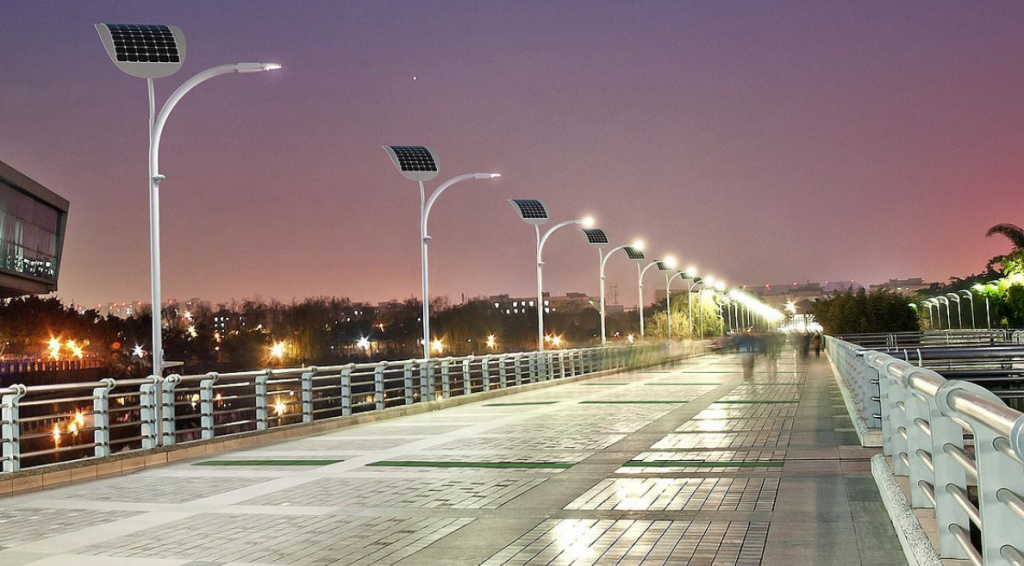
Urban road lighting, tunnel lighting, highway lighting, etc. are suitable for step dimming. Roads, tunnels, etc. have relatively stable traffic density changes at different time periods every night, and the lights can be adjusted to a fixed number of illuminances.
(2) Continuous dimming:
Smooth and continuous reduction of lamp voltage and lamp power, continuous reduction of light intensity, and the ability to stabilize at a specific illuminance level. Continuous dimming of metal halide lamps can save 50% of the light output. The high pressure sodium lamp is continuously dimmed, which can save 70% of the light output and maintain the life of the light source.
Stadium (hall) lighting, airport lighting, and large hall lighting are suitable for continuous dimming to meet the lighting requirements of different periods in a comfortable way. Urban road lighting, highway lighting, tunnel lighting, etc. should also gradually implement continuous dimming to improve lighting quality and comfort. Smart lighting control is ideal for continuous dimming.
8.3 Buck Dimming System
(1) Reactor dimming:
A high-voltage reactor is added to the high-voltage power supply system to reduce the voltage of the high-voltage and low-voltage power supply system of road lighting, so as to achieve the purpose of reducing the voltage of street lamps. This method is the easiest and does not need to set up another control circuit, but it needs to increase the investment of high-voltage reactor.
(2) Autotransformer dimming:
Generally, there are three fixed taps, which step down 10V, 15V, and 20V respectively. It can achieve voltage sine wave output, but cannot achieve automatic and precise control of voltage. It can only reduce the voltage fixedly, not boost and stabilize, and cannot realize continuous dimming. Auto-coupled continuous step-down dimming control devices have appeared in the market.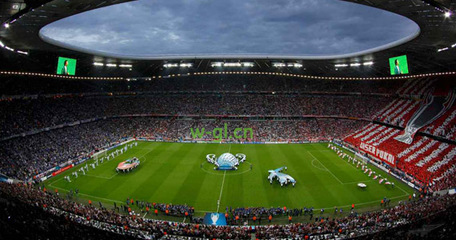
(3) SCR chopper type dimming control device:
By controlling the conduction angle of the thyristor (thyristor), a part of the sine wave is cut off and the average output voltage is reduced. The output voltage can be accurately controlled in real time to meet the optimal value of lighting power consumption, but the voltage cannot achieve sine wave output, and there is serious harmonic pollution. Therefore, it can only adapt to the inductive lamp load, not adapt to the capacitance compensation circuit, and cannot adapt to the light source using electronic ballasts, so it should be gradually eliminated.
9. Outdoor Lighting Intelligent Control System
9.1 Control principle
Outdoor intelligent lighting control is to use computer technology to accurately set and manage the illuminance of the lighting system and each set of lighting at different times and different environments (latitude and longitude, illumination, etc.). Intelligent lighting control is carried out on the basis of making full use of natural light.
The outdoor lighting intelligent control system has a control center, which takes the box-type substation as the control node to wirelessly (or wired) monitor the closing, current, voltage, power factor, etc. of each lighting modular structure circuit switch. Each street light node can also be monitored through power carrier waves, etc.
9.2 Product Type
(1) Night scene lighting monitoring system,
(2) Street lamp monitoring system,
(3) Tunnel lighting monitoring system,
(4) Outdoor advertising monitoring system, etc.
9.3 Advantages
(1) Remarkable energy saving effect: lighting the lamps while making full use of natural light. Precisely set and manage the illuminance of different times and different environments in advance. Under the premise of meeting the illumination requirements and lighting quality of the place, the dimming control of the lighting is carried out to achieve the purpose of energy saving. Generally, it can save more than 30% of electricity.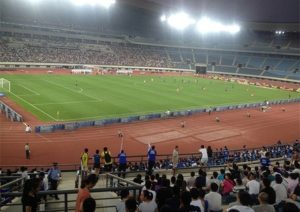
(2) Diversified forms of intelligent lighting control
①The terminal controls the energy-saving operation mode,
②Time-controlled energy-saving operation mode,
③ Communication control energy-saving operation mode.
According to the actual situation on site, various intelligent controls such as time control, light control and program control can be realized through astronomical clock, intelligent probe or internal programming, and remote computer remote control. And according to different time periods, different lamps, different brightness requirements, each phase can be adjusted independently.
(3) Intelligent dimming to maintain the consistency of illuminance: The intelligent dimming system maintains a constant illuminance in the lighting area according to the preset standard brightness, without being affected by the reduction of lamp efficiency and the attenuation of wall reflectivity.
(4) Extend the life of the light source: in the second half of the night, the electricity load is reduced, the network voltage is increased, and the light source is easy to burn. Intelligent lighting control can realize automatic voltage regulation, soft start, slow harmonics, surge suppression, effectively reduce current impact, and prolong light source life by 2 to 4 times. Reduce lighting operation and maintenance costs by 30% to 50%.
(5) Realize a variety of lighting forms and lighting effects: road lighting, tunnel lighting, etc. should implement various lighting forms such as midnight lights. Landscape lighting, advertising lighting, stage lighting, etc. need to achieve a variety of lighting effects. Desired lighting goals can be achieved with intelligent lighting controls.
(6) Stabilize the best working voltage: According to the actual needs of the user’s site, real-time online control and output the best lighting working voltage, and stabilize it within ±2%. Overcome the common problem of voltage rise in the middle of the night and create a beautiful lighting environment.
(7) Practical and reliable: each phase can be independently adjusted, with strong operability, can withstand 100% unbalanced load of three phases, and ensure that the single-phase fault does not affect the normal operation of the other two phases. The same device can carry different types of light source loads, and can independently adjust the output voltage of each phase.
The control part of the control device does not contain an AC contactor, which ensures high reliability and low power consumption.
The control device adopts manual and automatic double bypass system to ensure that the lighting equipment can operate normally and safely without electricity.
Optional systems such as GPRS (mobile communication) or CDMA (Unicom) can implement wireless monitoring, monitor the operation of equipment through signals such as display and sound, implement fault alarms, and take protective measures in time.
(8) Convenient management and maintenance: centralized management to reduce personnel waste. “Three remote” monitoring can be realized without on-site inspection.
(9) Ideal economic return: From the perspective of energy saving and reduction of bulb maintenance costs, the investment cost of intelligent lighting control equipment can be recovered in a few years.


